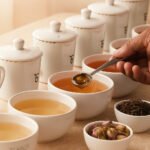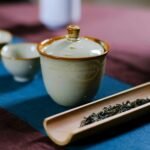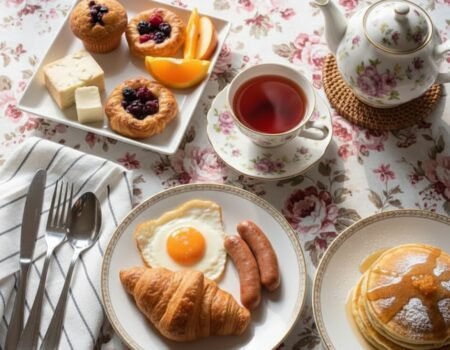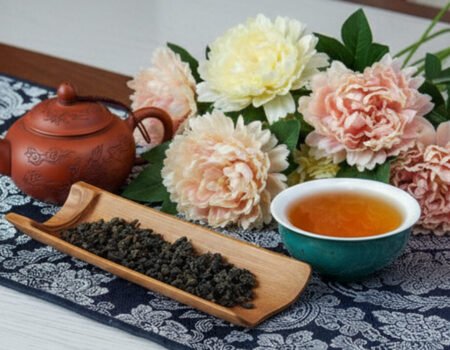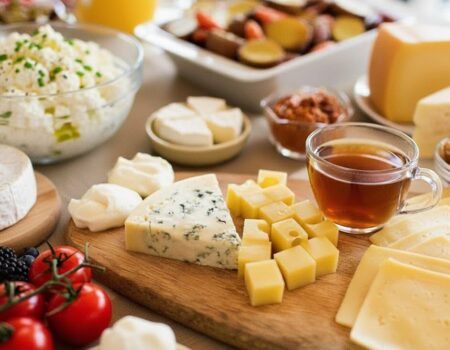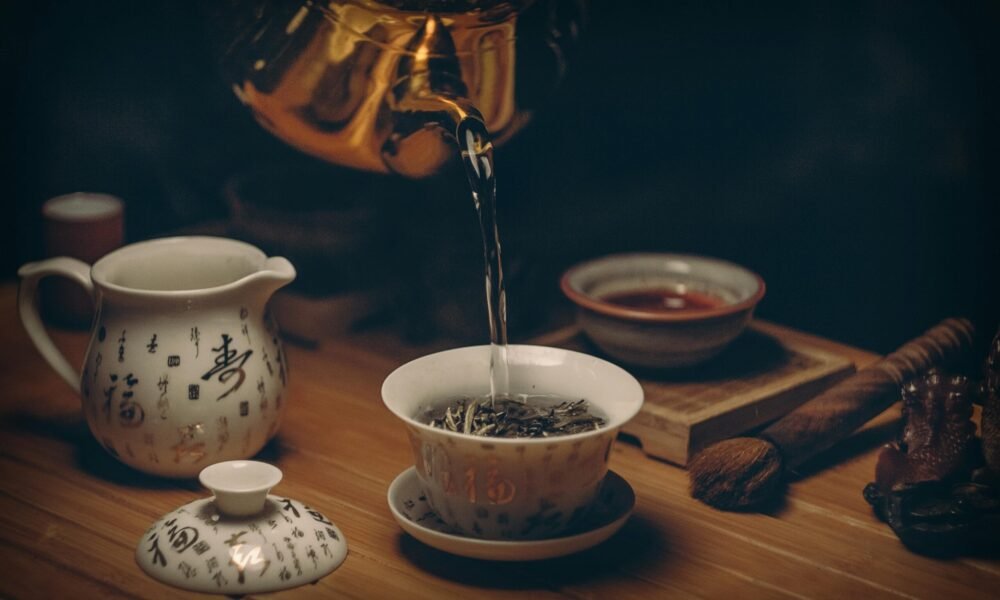
Brewing Tea Temperature Guide: Achieving the Perfect Steep Every Time
Index
Many tea lovers struggle with bitter brews or weak flavors due to wrong brewing tea temperature. Water heat levels directly affect how tea compounds release into your cup. This guide will show you the exact temperatures for each tea type, from delicate white teas to robust black varieties.
Key Takeaways
- Green tea needs 160-185°F / 71-85°C water and just 1-3 minutes of steeping to avoid bitterness.
- Black tea requires near-boiling water (200-212°F / 93-100°C) and 3-5 minutes to extract its full flavor.
- White tea is delicate and burns easily, so use 175-180°F / 79-82°C water for 2-3 minutes.
- Oolong teas need 185-205°F / 85-96°C water, with light oolongs at the lower end and dark oolongs at the higher end.
- Herbal and rooibos teas need fully boiling water (212°F / 100°C) and longer steep times of 5-10 minutes.
Why Water Temperature Matters in Tea Brewing
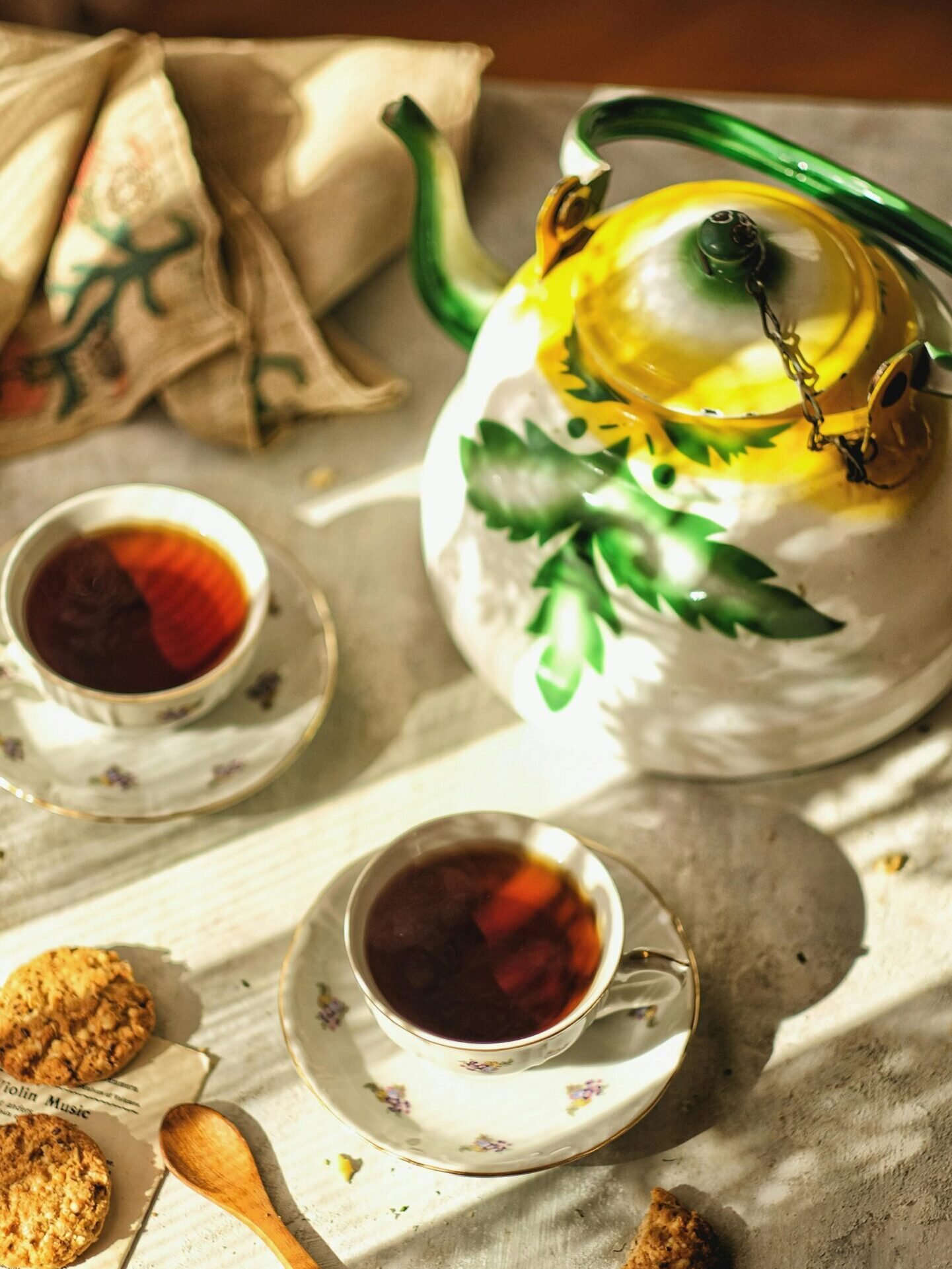
Water temperature acts as the most critical factor in brewing a perfect cup of tea. Each tea variety has specific heat requirements that directly affect taste and quality. Too hot water burns delicate tea leaves, creating bitter flavors that mask the natural notes.
Too cool water fails to extract enough compounds, resulting in a weak, flavorless brew. Green and white teas need gentler treatment at 175-180°F / 79-82°C to preserve their subtle characteristics.
Black and herbal teas thrive in boiling water at 212°F / 100°C, which fully releases their robust profiles. Oolong sits between these extremes at about 195°F / 90°C, balancing delicacy with strength.
The science behind these temperature differences relates to the leaf processing methods and chemical makeup of each tea type. Tea leaves contain various compounds like tannins, amino acids, and essential oils that extract at different heat levels.
A temperature shift of just 10 degrees can dramatically alter your final cup. Many tea drinkers miss this key detail and wonder why their expensive loose leaf tastes bitter or flat.
Using the right brewing temperature helps you experience the full flavor spectrum that quality tea offers.
Optimal Brewing Temperatures for Different Tea Types
Each tea type needs a specific water temperature to release its best flavors. Our temperature guide will help you master the right heat for green, black, white, oolong, and herbal teas.
Green Tea
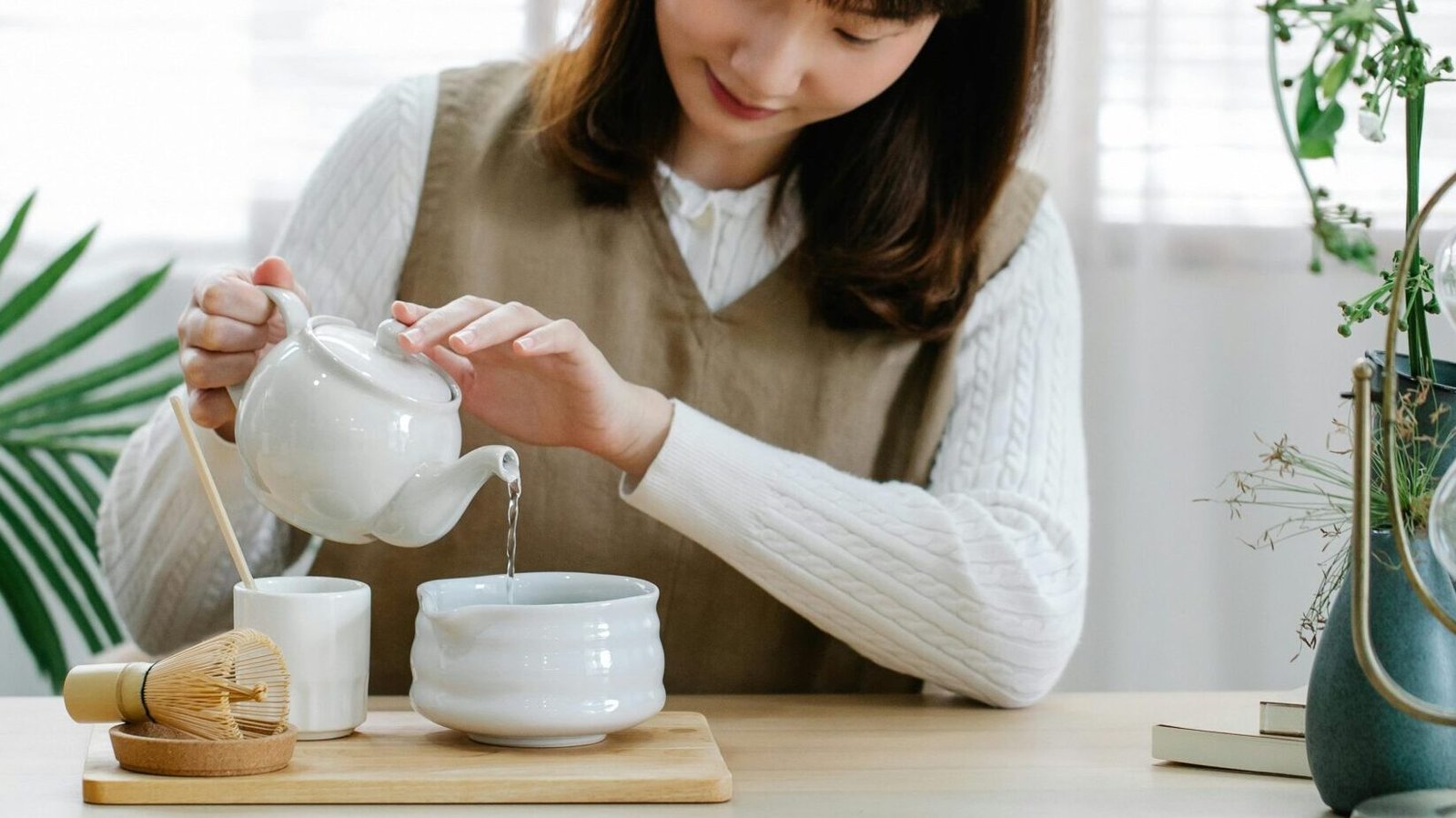
Green tea demands careful brewing to release its delicate flavors without bitterness. This tea type thrives at lower temperatures between 160-185°F / 71-85°C, making it quite different from other varieties.
The steep time matters just as much as temperature – most s reach their peak flavor in just 1-3 minutes. Japanese greens like Sencha prefer the cooler end (160-175°F / 71-79°C) with shorter steeps, while their premium cousin Gyokuro needs even cooler water (122-140°F / 50-60°C).
Chinese pan-fired s can handle slightly warmer water up to 185°F / 85°C for 2-3 minutes.
Too hot water ruins quickly, creating an unpleasant bitter taste that masks its natural sweetness. A good thermometer helps you hit the right temperature range every time. Many tea lovers use a kettle with temperature control for consistent results.
The tea plant’s young leaves contain natural antioxidants that extract best at these precise temperatures. For beginners, it’s better to brew slightly cooler rather than hotter if you’re unsure about your water temperature.
Black Tea
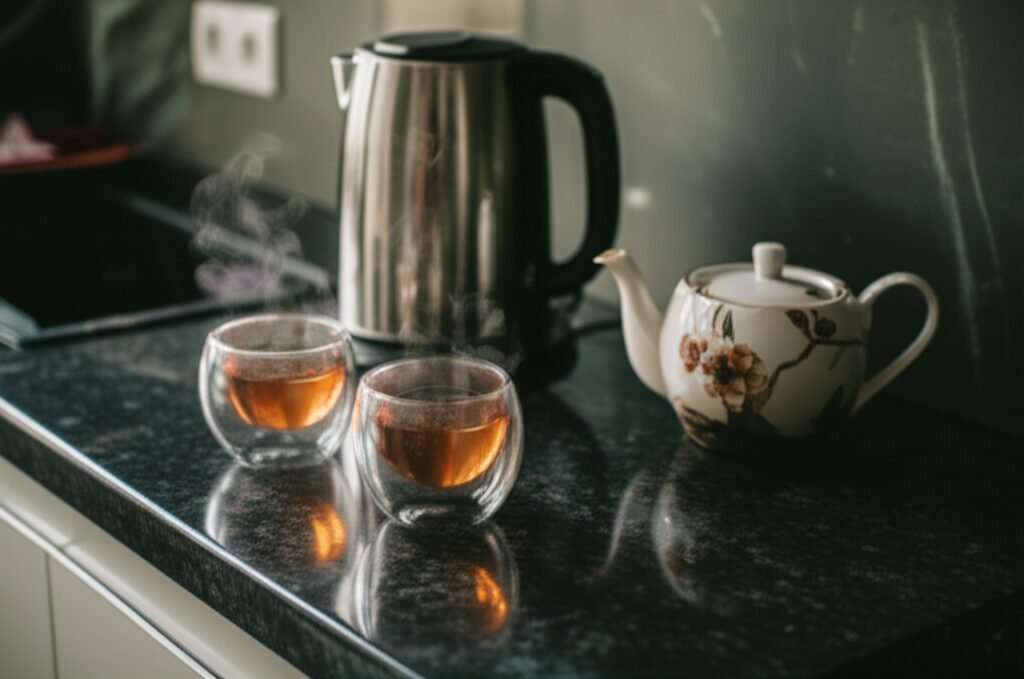
Unlike green tea’s delicate nature, black tea stands up to much hotter water. You’ll want to brew black tea at 200-212°F / 93-100°C to extract its full-bodied flavor and rich character. This higher temperature breaks down the tea leaves properly, releasing the robust taste that black tea lovers crave.
Most black tea varieties like English Breakfast and Assam need this near-boiling point, though Darjeeling First Flush benefits from slightly cooler water (175-195°F / 79-91°C).
Timing matters just as much as temperature for black tea. A proper steep takes 3-5 minutes – any less and you’ll miss the depth of flavor, any more and bitterness takes over. For chai tea, which uses a black tea base, bring your water to a full 212°F / 100°C to help the spices blend with the tea leaves.
Many tea drinkers find using a tea kettle with temperature control helps achieve consistent results with each cup.
White Tea
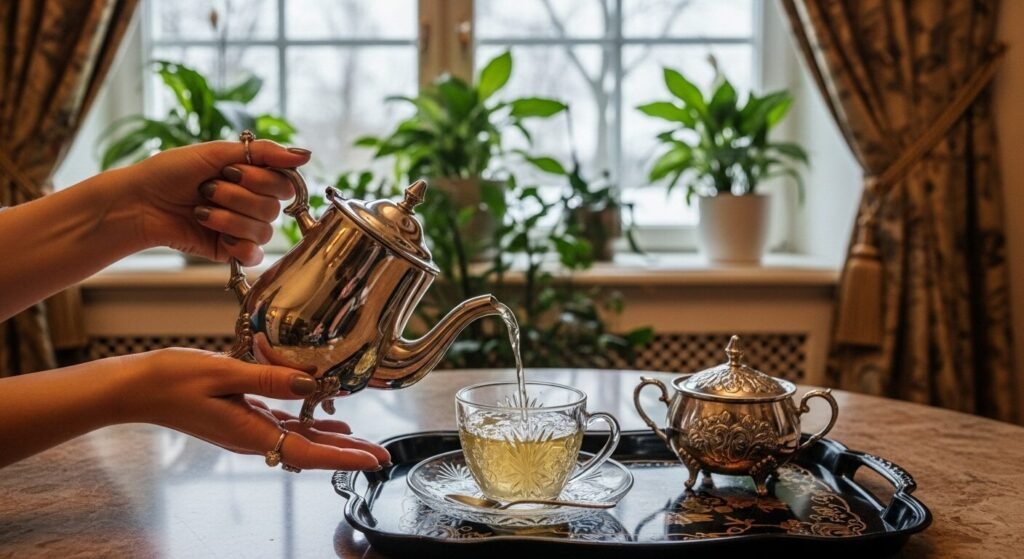
White tea demands gentle treatment with water between 175-180°F / 79-82°C to preserve its subtle flavors. This delicate variety burns easily at higher temperatures, ruining the sweet notes that make it special.
For the best cup, use 2 level teaspoons of leaves per 6 ounces of water and steep for 2-3 minutes. The brewing time matters greatly – too short and you miss the full flavor profile, too long and bitterness takes over.
Many tea lovers appreciate white tea’s light body and natural sweetness, which comes through perfectly only at the right temperature.
Proper brewing tools help maintain the ideal temperature throughout the steeping process. A good thermometer or variable temperature kettle takes the guesswork out of preparation. The leaves need room to unfurl completely, so loose leaf infusers or large tea bags work best.
Oolong tea presents a different challenge with its semi-oxidized leaves requiring slightly higher temperatures.
Oolong Tea
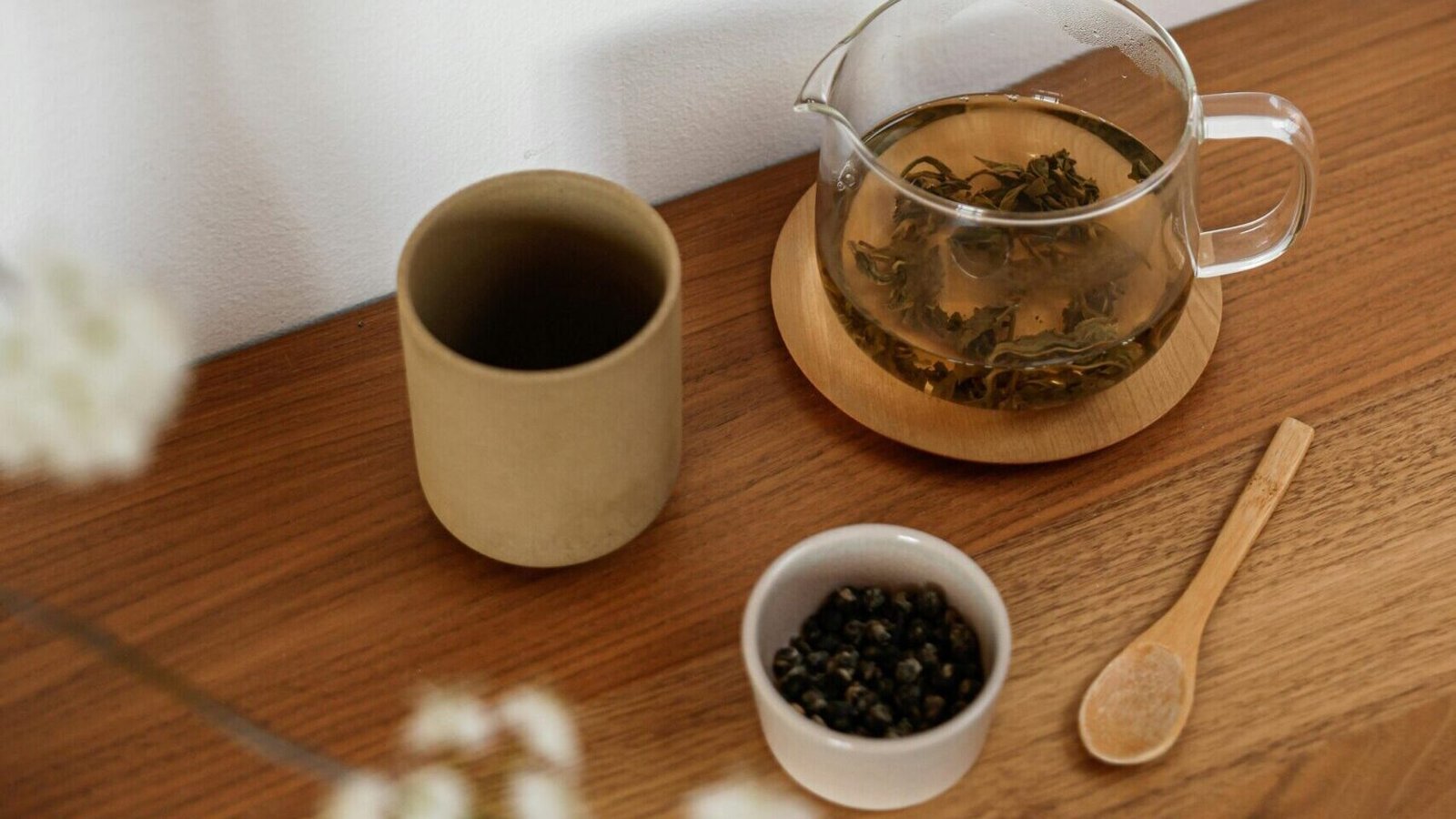
Oolong tea sits between green and black tea in the oxidation process, creating a unique flavor profile that tea lovers prize. This versatile leaf tea requires specific temperatures between 185-205°F / 85-96°C for optimal brewing.
Light oolongs need cooler water (185–195 °F / 85–91 °C) with shorter steep times of 2-3 minutes. Dark oolongs, which undergo more oxidation, demand slightly hotter water (195-205°F / 90-96°C) and longer steeping periods of 3-5 minutes.
The shape of oolong tea affects its brewing time too. Rolled oolong varieties steep best for 3-5 minutes, while long leaf types need 4-7 minutes to fully release their complex flavors.
Paying attention to these details makes a significant difference in your cup. Many tea enthusiasts use a temperature-controlled kettle to hit these precise ranges and unlock the full potential of this traditional Camellia sinensis variety.
Herbal and Rooibos Teas
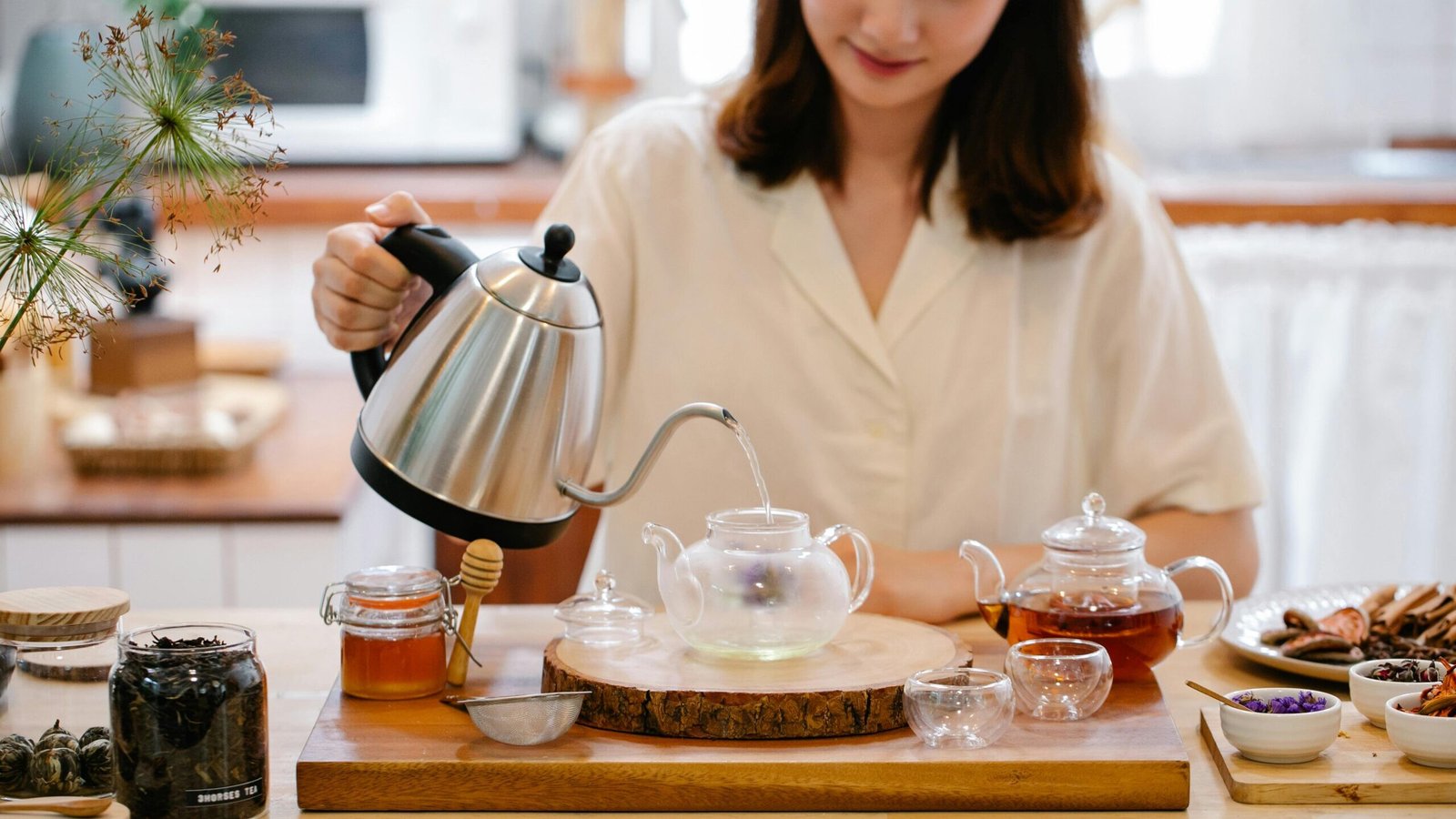
Herbal and rooibos teas stand apart from true teas because they contain no caffeine. Both types need the hottest water temperature at 212°F (100°C) to extract their full flavors.
Peppermint tea, a popular herbal option, requires this same high temperature to release its cooling oils and distinctive taste. The brewing process for these tea varieties demands patience, as they need 5-10 minutes of steeping time to develop their rich profiles.
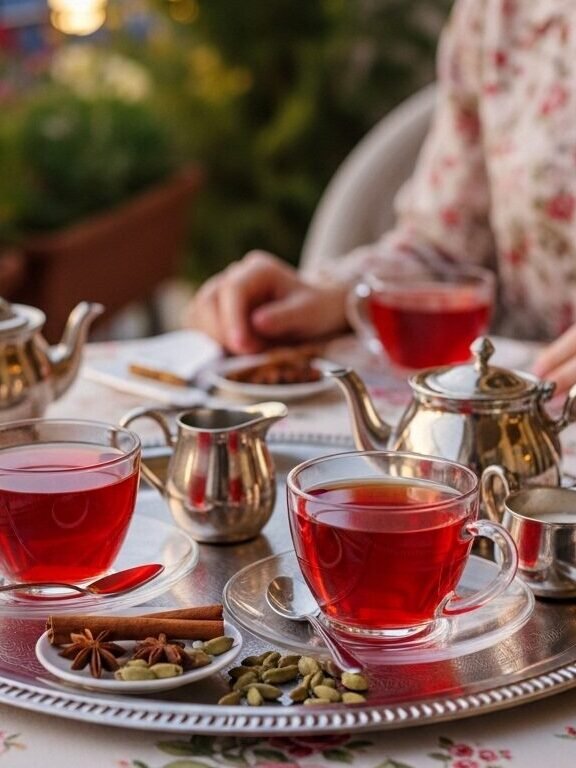
This longer steep allows the hot water to fully draw out the natural compounds from dried flowers, fruits, and stems in herbal blends or the needle-like leaves of the South African rooibos bush.
Unlike green or white teas that scald easily, these hardy infusions benefit from a full boil. The extra heat breaks down the plant fibers more completely, creating deeper flavor notes.
Many tea drinkers enjoy adding honey to these brews, which dissolves better in the higher temperature water. Next, we’ll explore the essential tools that help you measure and maintain these precise water temperatures for all tea varieties.
Tools for Measuring and Maintaining Water Temperature
Getting the right water temperature makes all the difference in tea brewing. The proper tools help you achieve perfect results every time, whether you’re making delicate green tea or robust black tea.
Essential Temperature Tools for Perfect Tea Brewing
High-Tech Precision Tools
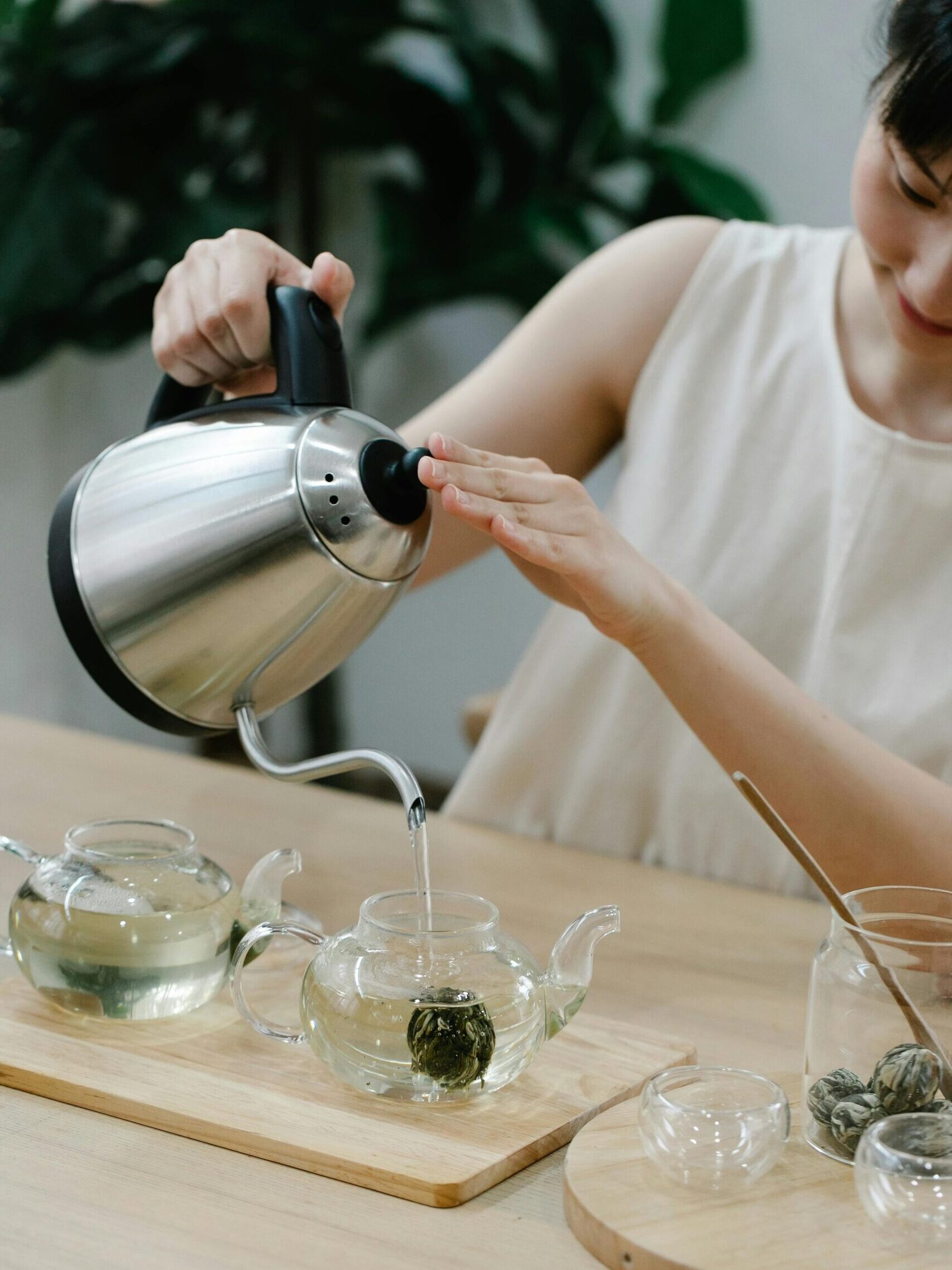
Electric Kettles with Temperature Sensors
These kettles offer precise control for different tea types. You can select exact temperatures like 175°F / 79°C for green tea or 212°F / 100°C for black tea, taking the guesswork out of brewing.
Smart Kettles with App Control
Modern smart kettles connect to phone apps, letting you control temperature remotely. They often store settings for different tea varieties, making your morning routine even simpler.
Temperature-Controlled Gooseneck Kettles
You’ll get both accuracy and superior pouring control with these specialized kettles. The thin spout directs water flow exactly where you want it, perfect for loose leaf tea brewing.
Quick-Read Thermometers
Digital Thermometers
When you need to check water temperature quickly, digital thermometers provide accurate, instant readings. These versatile devices work well with any heating method you prefer.
Infrared Thermometers
These measure surface temperature without touching the water. You get quick readings from a distance for any brewing vessel, making them ideal for checking multiple pots.
Analog Clip-On Thermometers
Simple analog thermometers clip to the side of your pot and display temperature without batteries. These reliable tools work consistently for years with minimal maintenance.
Traditional Temperature Control Methods
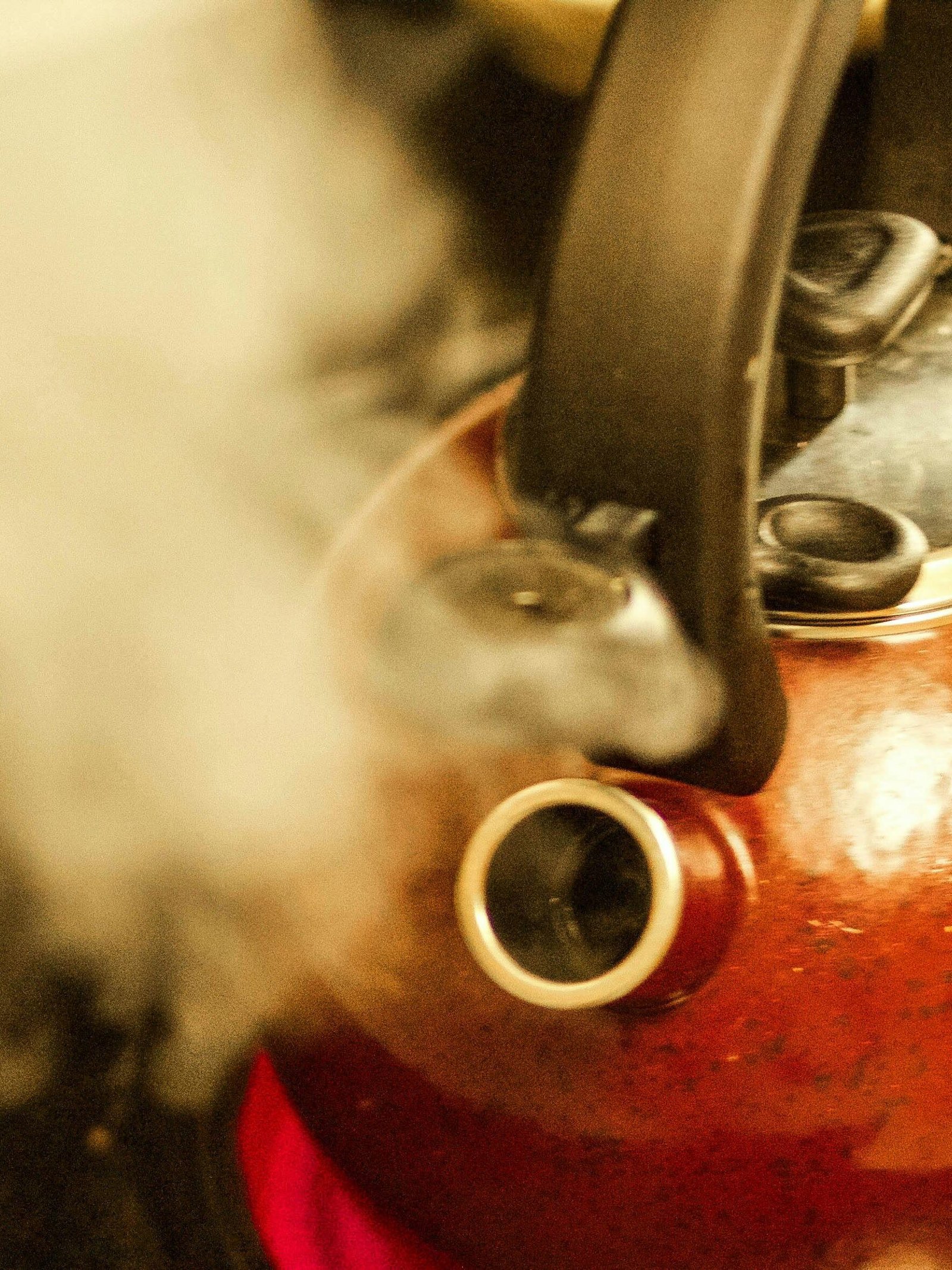
Stovetop Whistling Kettles
Classic stovetop kettles alert you when water reaches boiling point with their distinctive whistle. You can then time the cooling period to reach ideal temperatures for various teas.
Cooling Bowls (Cha Hai Vessels)
These traditional vessels help lower water temperature naturally before brewing. Pouring boiled water into a cha hai drops the temperature by about 10-15 degrees—perfect for delicate white and green teas.
Water Mixing Method
Creating the right temperature becomes simple when you mix boiled water with room-temperature spring water. This technique works wonderfully when you need to cool water quickly for temperature-sensitive teas.
Combination Tools
Tea Timers with Temperature Guides
These dual-purpose devices track both temperature and steeping duration for consistent results. Many include built-in temperature guides for different tea varieties right on the device, eliminating the need for separate reference charts.
Understanding Tea Steeping Time
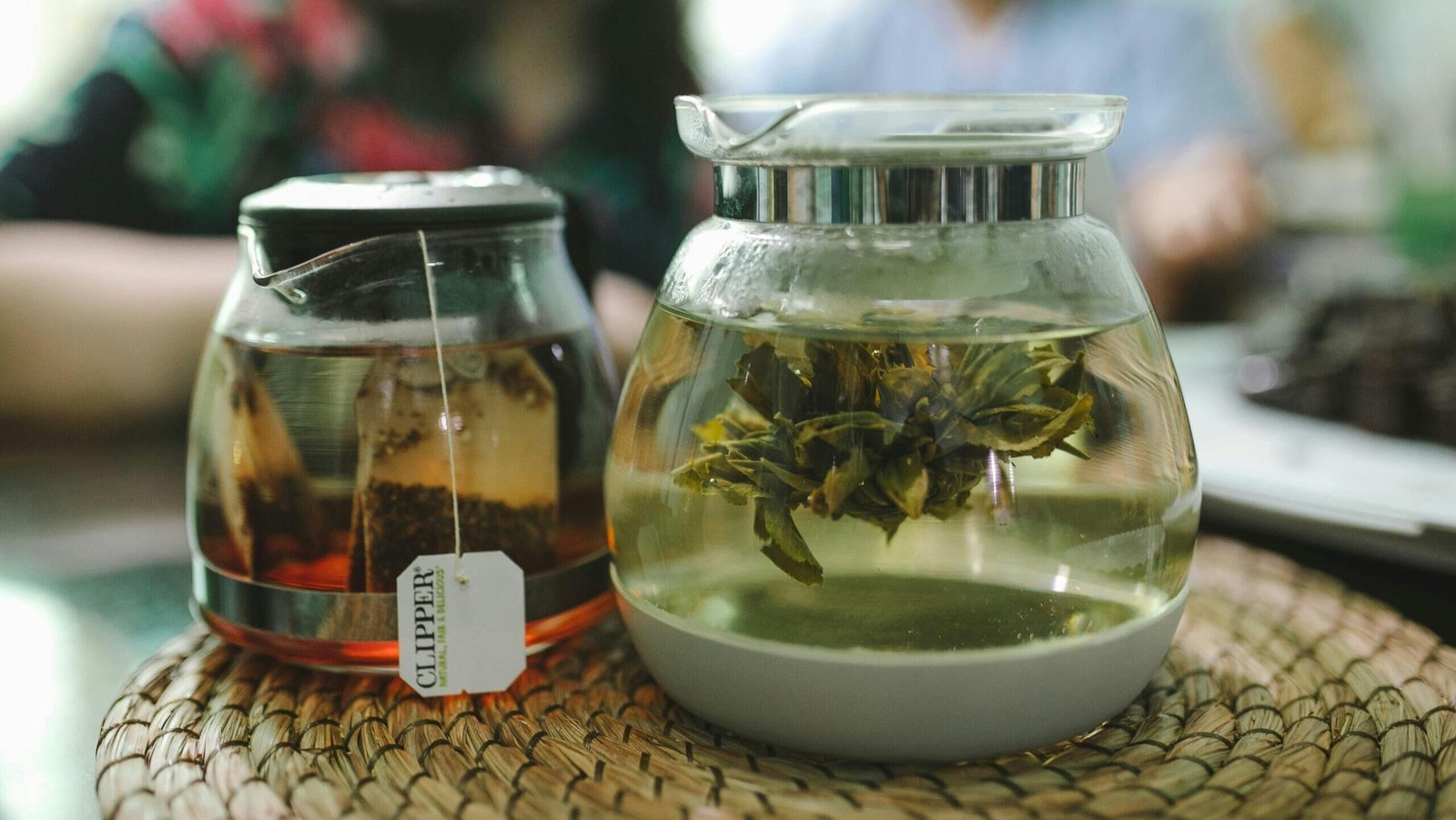
Tea steeping time plays a crucial role in extracting the right flavors from your leaves. Different types of tea require specific brewing durations to achieve their best taste. Black tea needs 3-5 minutes at 212°F / 100°C to develop its rich character.
Green tea steeps quickly at just 1-3 minutes in cooler water (160-185°F / 71-85°C) to prevent bitterness. White tea shares similar timing to green (1-3 minutes) but prefers slightly warmer water at 175-185°F / 79-85°C.
Oolong sits between green and black in both nature and brewing time, requiring 2-5 minutes at 185-205°F / 85-96°C.
Herbal and rooibos blends benefit from longer brewing periods of 5+ minutes in fully boiling water. This extended time allows these caffeine-free options to release their full flavor profile.
The perfect cup depends on both correct water temperature and proper timing. Too short a steep leaves flavor undeveloped; too long creates unwanted bitterness or astringency. Many tea drinkers use simple kitchen timers or smartphone apps to track these intervals precisely.
Conclusion
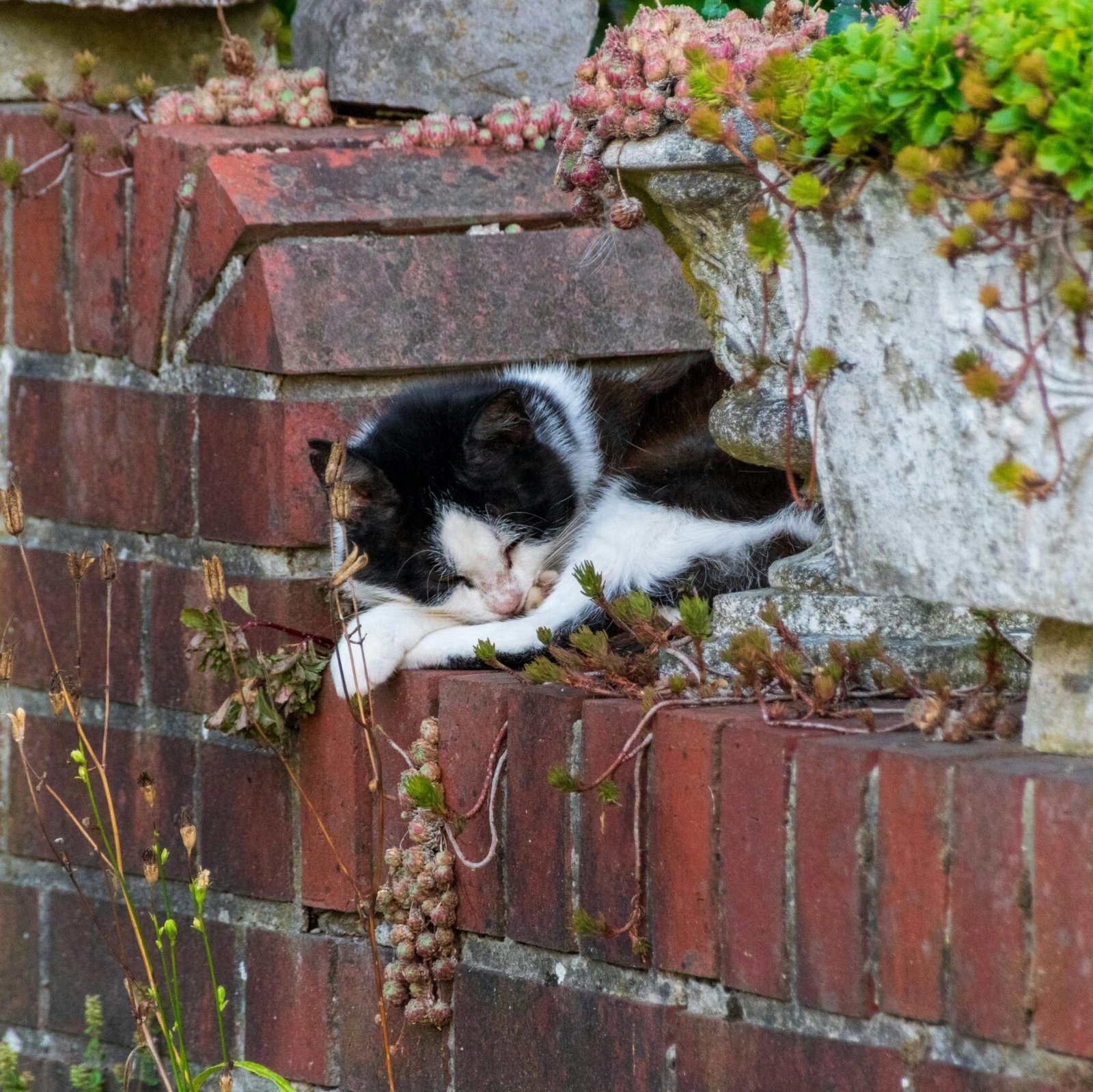
Mastering water temperature transforms your daily tea ritual from good to exceptional. Each tea variety demands specific heat levels to release its full character and flavor profile.
Armed with the right tools and knowledge, you’ll avoid bitter green teas and weak black teas forever. Practice makes perfect, so experiment with different temperatures until you find your ideal brew.
Your perfect cup awaits at just the right degree, whether you prefer delicate white tea or strong pu-erh.
FAQs
1. What is the perfect temperature for brewing different types of tea?
The perfect temperature varies by tea type. Green tea leaves need water at 160-180°F / 71-82°C, while black tea requires 200-212°F / 93-100°C. White and yellow teas brew best at lower temperatures (160-175°F / 71-79°C), and pu-erh tea should be brewed with water at 195-212°F / 91-100°C.
2. How long should I steep my tea?
Steeping times depend on the type of tea. Black teas need 3-5 minutes, while green teas require only 1-3 minutes. White teas steep for 2-4 minutes, and pu-erh can steep from a few seconds to 5 minutes based on your preferred method.
3. Why does water temperature matter when brewing tea?
Water that’s too hot can scald delicate tea leaves, creating bitter flavors. Each tea type has unique compounds that extract best at specific temperatures. The correct temperature ensures you get the full flavor without unwanted bitterness.
4. Can I use tap water to brew tea?
You can use tap water, but filtered water often produces better results. Municipal water may contain chemicals that affect taste. The quality of water directly impacts the flavor of your tea.
5. How much loose leaf tea should I use per cup?
Use about one teaspoon of loose tea per 8-ounce cup. Adjust this amount based on personal preference and the specific tea variety. Some teas like pu-erh might need less, while light teas like white tea might need more.
6. What if I’m new to tea brewing and feel overwhelmed by all these instructions?
Start with a quick reference chart of tea brewing temperatures and times. Focus on mastering one type of tea before exploring others. Remember that brewing tea is part science, part art—your personal taste matters most when preparing tea.
References
- https://artfultea.com/blogs/101/tea-brewing-temperature-guide?srsltid=AfmBOoq5MUkXEhKk1t-I1ivnfhFEgQqltzokZDkhq5HlP5CA9Gjv-P0I
- https://yoteas.com/blogs/news/why-is-the-right-water-temperature-important-when-brewing-teas
- https://hotwatertaps.com/tea-temperatures/
- https://pmc.ncbi.nlm.nih.gov/articles/PMC4573099/
- https://www.artoftea.com/blogs/tea-101/recommended-steep-times
- https://artfultea.com/blogs/101/tea-brewing-temperature-guide?srsltid=AfmBOoq-64Wm5tkVzQvDUfbT6CjdzxnUc3vqPYRHUK9HER8S3EKjtPCf
- https://artfultea.com/blogs/101/tea-brewing-temperature-guide?srsltid=AfmBOoqz7_VDnJmf39HIuJIZSRluf6tP-YbJXKFsF1em3HMNaoxGymGP
- https://www.redrockteahouse.com/blogs/articles/oolong-tea-brewing?srsltid=AfmBOopUsHi-ntBi5D_zVx6pdVQxPfArJPEjVQX6JqvNSNahyivZHDpw
- https://www.firebellytea.com/blogs/all/how-to-brew-tea?srsltid=AfmBOood97i0XHa0qDfcCmTbDF0N1aOhtxUJh6e-FKFlaW2mctBBW8KR
- https://artfultea.com/blogs/101/tea-brewing-temperature-guide?srsltid=AfmBOoptkeGkZCFogDse-gVPNBh5cFPpZwMj5UpCjy4uUVJX23tqWoGE
- https://artfultea.com/blogs/101/tea-brewing-temperature-guide?srsltid=AfmBOorvkRw7pnWVCKu-jLiFBiNFFu9_FiMXBgbRYabkNHJeKo7ULQrJ
- https://www.hackberrytea.com/blogs/tea-education/tools-tips-time-and-temperatures-a-general-brewing-guide?srsltid=AfmBOorpf1XmK8BCb7kt1rNI1N5EmCr1hCblm5to1H0VWyBBoP4gxafS
- https://artfultea.com/blogs/101/loose-leaf-tea-steep-time?srsltid=AfmBOooRWwqqjNuAOqusGEAvjRh4rE9SBNPFy3mEl8fbSOJpZm3LBMIm
- https://artfultea.com/blogs/101/tea-brewing-temperature-guide?srsltid=AfmBOooW7ie7CqE8WJZ0Fzf2qXZ2RaTrVucSo_dWaKhZxdOuNGmzDtCW

